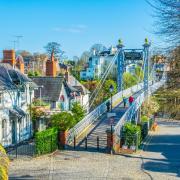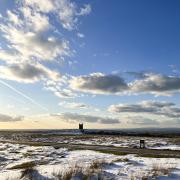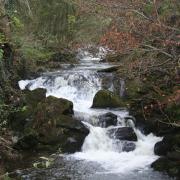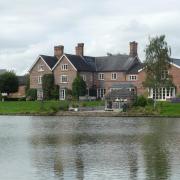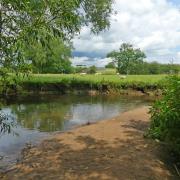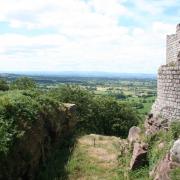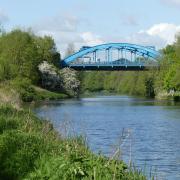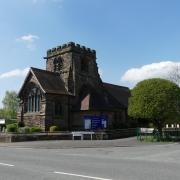Our history man sets off from Agden Wharf close to the village of Lymm and takes a four-mile walk along the Bridgewater – a magnificent feat of industrial engineering.
The Bridgewater canal has often been described as Britain’s first canal. Built under instruction by its owner and creator the 3rd Duke of Bridgewater Francis Egerton it was opened on the 17th July 1761. Living close to the Bridgewater canal myself I decided to visit Agden Wharf close to the village of Lymm to take a four mile walk along the canal and see for myself this magnificent feat of industrial engineering created during the 18th century.
The canal was originally built securing its place in history as being one of the first ever canals that didn’t follow a natural watercourse. So successful was the construction and design of the canal that it was to become the standard format of construction I future canals across Britain.
The Bridgewater canal became known affectionately as ‘The Duke’s Cut’ and it marked a golden era for canals in England if indeed not the whole of Britain. When Francis Egerton was a young man he decided to take the Grand Tour of Europe and was highly impressed with the canal systems that he saw on his travels. He was so inspired that he came up with the idea for building his own canal system in England and hopefully that idea would spread to the rest of Britain. On his return home the Duke was to employ the services of one John Gilbert to help with the surveying and levelling of the initial canal site. In 1759 Francis Egerton was to hire the services of James Brindley to build a ten mile stretch of his canal to carry coal from Worsley to the textile manufacturing centre at Manchester. Brindley was born in Derbyshire and lived much of his life in Leek, Staffordshire and he became one of the most notable engineers of 18th century Britain. The Duke certainly hired the best people money could buy.
In 1760 construction work began on the Bridgewater canal and by the end of 1761 the canal had reached as far as Stretford. By the end of 1765 the canal had reached Castlefield Wharf right in the heart of Manchester.
Over the following years the canal was to reach many other areas passing through Agden and Lymm before being completed in 1776 connecting Manchester to Liverpool, a stunning feat of engineering for sure.
It was in the year of 1885 when the Bridgewater canal was sold to the Manchester Ship Canal Company for the princely sum of 1.7 million pounds. In 1975 the Bridgewater Canal trust was set up following a serious breach of the canal at nearby Dunham Massey. The cost to repair the damage to the canal was in excess of a quarter of a million pounds.
Today the Bridgewater canal is used by many thousands of people for recreational purposes. Boats cruise along the canal and some wonderful countryside walks can be found along its length stretching from Manchester and through the Cheshire countryside and beyond. The stretch that runs between Agden and Lymm is particularly interesting where you will find the very old Agden Wharf as well as the original three storey warehouse built during the construction of the canal in the 18th century. If you enjoy mixing nature with history then I can certainly recommend this stretch of the 3rd Duke of Bridgewater’s canal that revolutionised transport during the 18th and 19th centuries.
My film, The Duke’s Cut shot at Agden near Lymm, can be viewed for free with many other local history films by visiting my channel, youtube.com/Tvpresenter4history.
Things to look out for
18th and 19th-century bridges crossing the canal at Agden Bridge
Agden old warehouse and wharf
Loop Trail nature walk from Agden Bridge to Lymm Village
Bridgewater canal at Lymm Village








